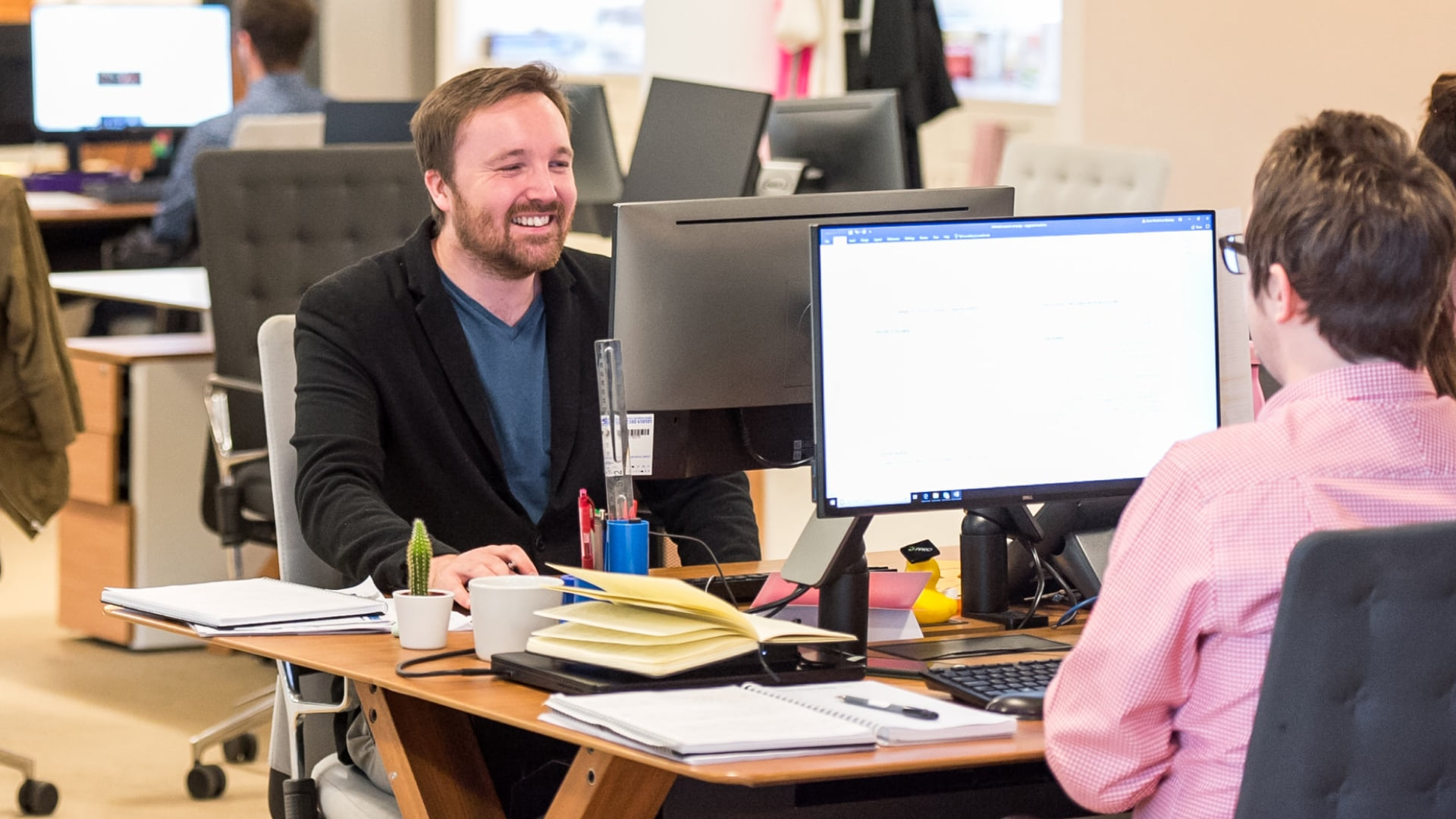 Mexico faces a shortage of 7 million homes for families at the bottom of the income scale. Barely 2 percent of Mexican students have access to college loans. Rodrigo Villar sees these as opportunities as much as problems.
Mexico faces a shortage of 7 million homes for families at the bottom of the income scale. Barely 2 percent of Mexican students have access to college loans. Rodrigo Villar sees these as opportunities as much as problems.
Villar has just closed on the first $15 million (of a $20 million goal) for the launch of Adobe Capital, which will extend equity and mezzanine capital to social and environmental enterprises in Mexico dealing with low-income housing and education finance, as well as organic agriculture and green technology.
Villar also sees opportunity in Adobe’s focus on investments in the range of $100,000 to $3 million — often termed the “missing middle”.
“Our mission is to prove that you can have smaller funds investing in the missing middle in a profitable way – to push a whole industry of new funds in Latin America,” says Villar, who previously launched New Ventures Mexico, a spinoff of the World Resources Institute.
The nine investors who have committed to the fund since the partners began fundraising in February 2011 include the AVINA Foundation, Calvert Investments and the Mexican government’s Fund of Funds. Fundraising for the remaining $5 million will begin in early 2013. Adobe expects to close its first equity investment in the coming weeks.
In social enterprise-speak, the “missing middle” refers to the financing needed for growing companies to improve their financial systems and management capacities to prepare for dramatic scaling of their business, and thus their social impact. It’s a complicated business of flexible capital such as repayable grants, convertible debt, working capital and cash management.
Adobe Capital builds on the lessons of New Mexico Ventures, which Villar launched in 2004 after returning to Mexico from business school in Australia. In working with developing businesses focused on environmental solutions, NVM noticed that the vast majority struggled to secure financing they needed to scale.
Through a Calvert-funded study, NVM found that 80 percent of such businesses have not been able to get capital to grow “because they are either too small or don’t fit with the character of the traditional financial markets,” Villar explained.
Villar teamed up with Erik Wallsten, a Chicago Booth School MBA and veteran fund manager, to launch Adobe Capital to cater specifically to these businesses. Structured as a traditional, limited partner fund, Adobe is targeting 20 percent gross returns through both equity investments and mezzanine lending. For the latter, it will lend at 16-18 percent interest, which is about four to six percent higher than an average home mortgage in Mexico.
The fund will consider socially- and environmentally-driven businesses across a range sectors, including organic agriculture and green technology, but one of its main area of interest is low income housing. The market for housing for low-income Mexicans — homes valued at $8,000 to $10,000 — has historically been an area for philanthropy, Villar says. “But now there are a few businesses that have figured out how to make it profitable and reach scale,” he said.
In keeping with its mission, Villar says Adobe Capital will be flexible about repayment terms, to mitigate the relatively high cost of its capital. As long as there is a clear exit strategy, Adobe is prepared to provide grace periods for interest payments or options for repayment based on a percentage of revenues.
Adobe will leverage its connection to New Ventures Mexico to speed deal flow and due diligence. NVM has a vast store of enterprise data and market knowledge, screening close to 500 applicants per year and selecting just under 100 for its portfolio based on their management strength and potential to achieve scale and impact.
None of this is to suggest that tackling the missing middle is easy. Reaching the fund’s first close took longer than expected, in part because the market isn’t firmly established yet in Mexico. “There is a lack of fund managers here and there are not many funds of this size catering to the missing middle. One of our barriers is being a newcomer. It can be difficult to convince investors to invest in new funds,” he explained.
Adobe Capital may not be lonely for long. The Mexican government is making a big push to encourage venture capital and investment in SMEs. Mexico’s Fund of Funds, a public-private effort to seed venture capital in Mexico, is playing a key part. Also, new rules allow pension funds in Mexico to invest small amounts in private equity and venture capital funds, which is bringing new money to the market. Villar said he expects the industry to look very different in five years.












